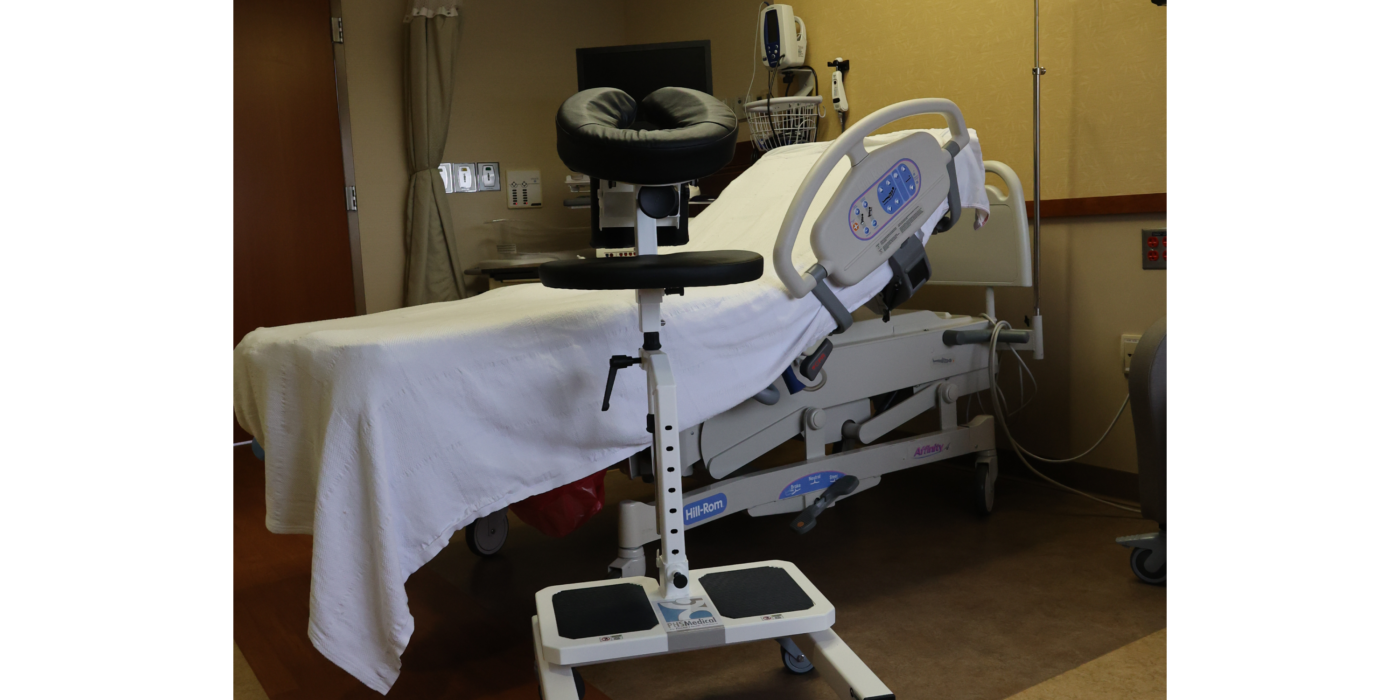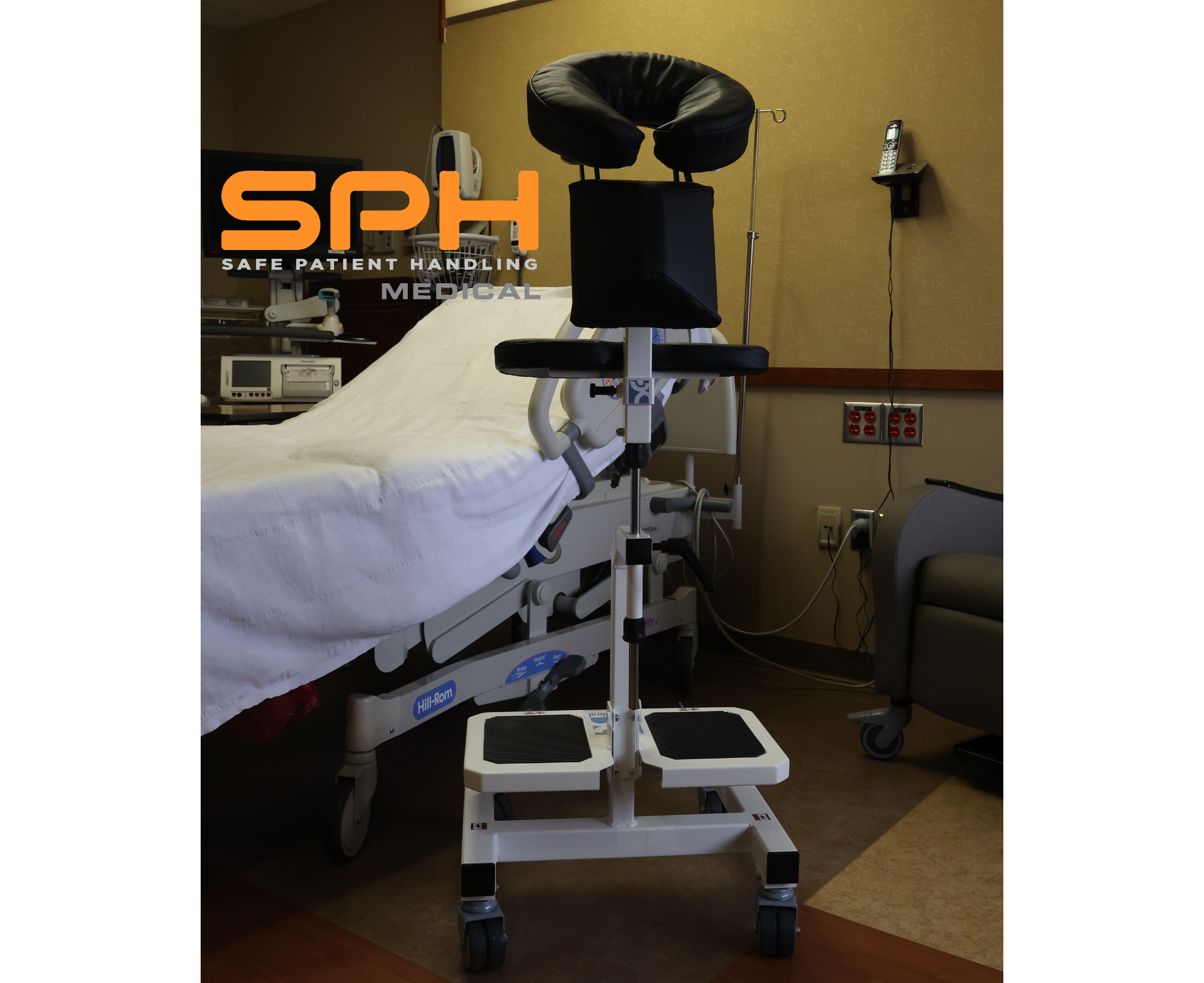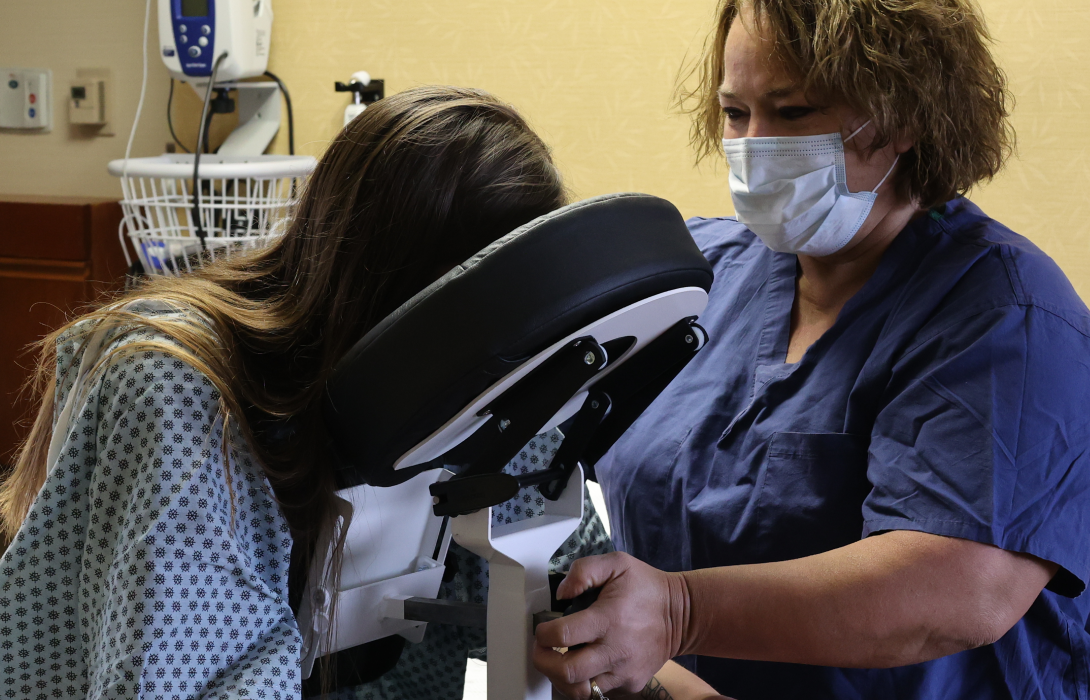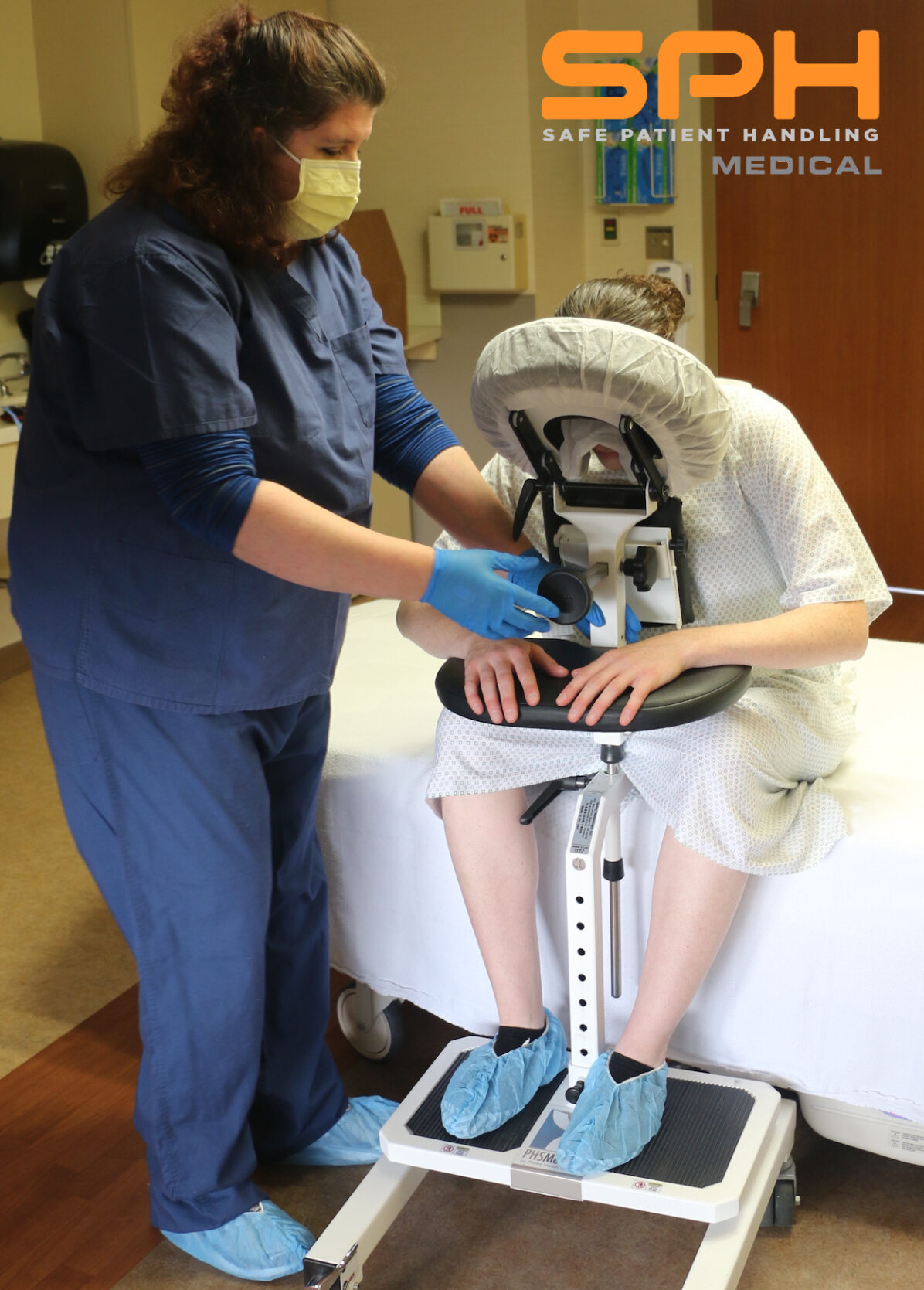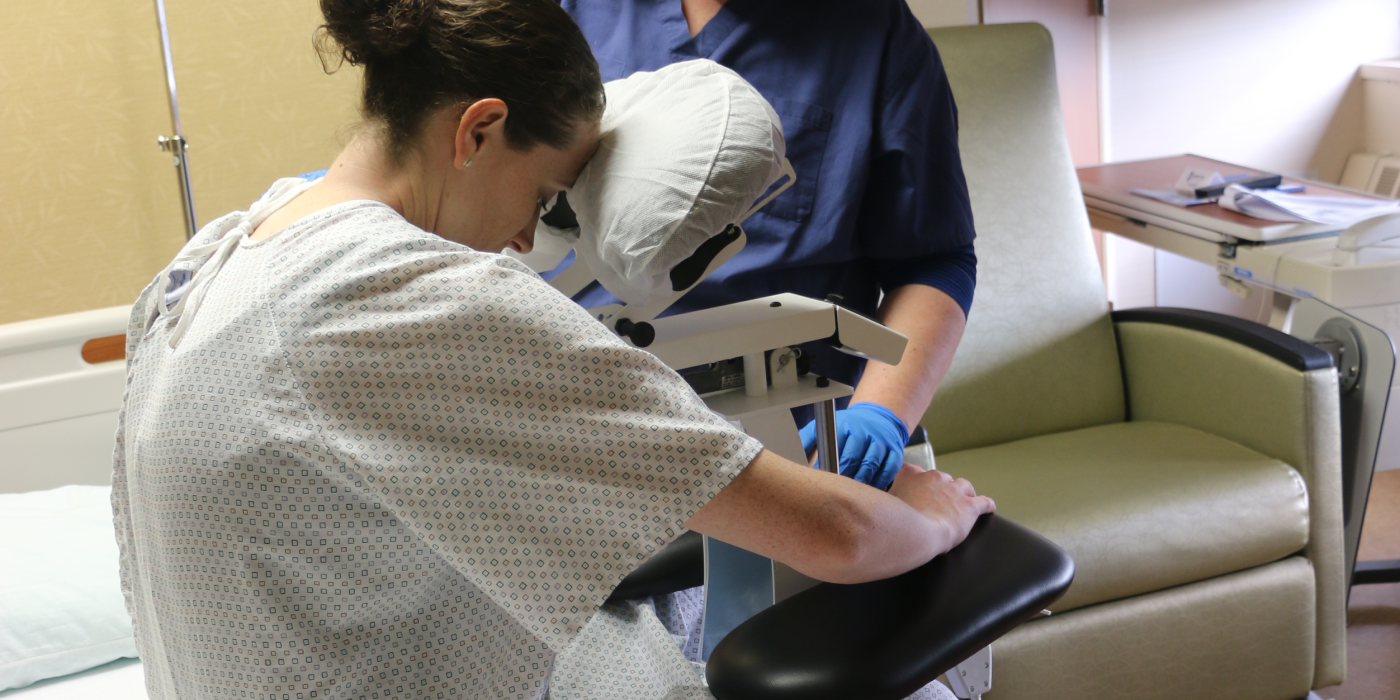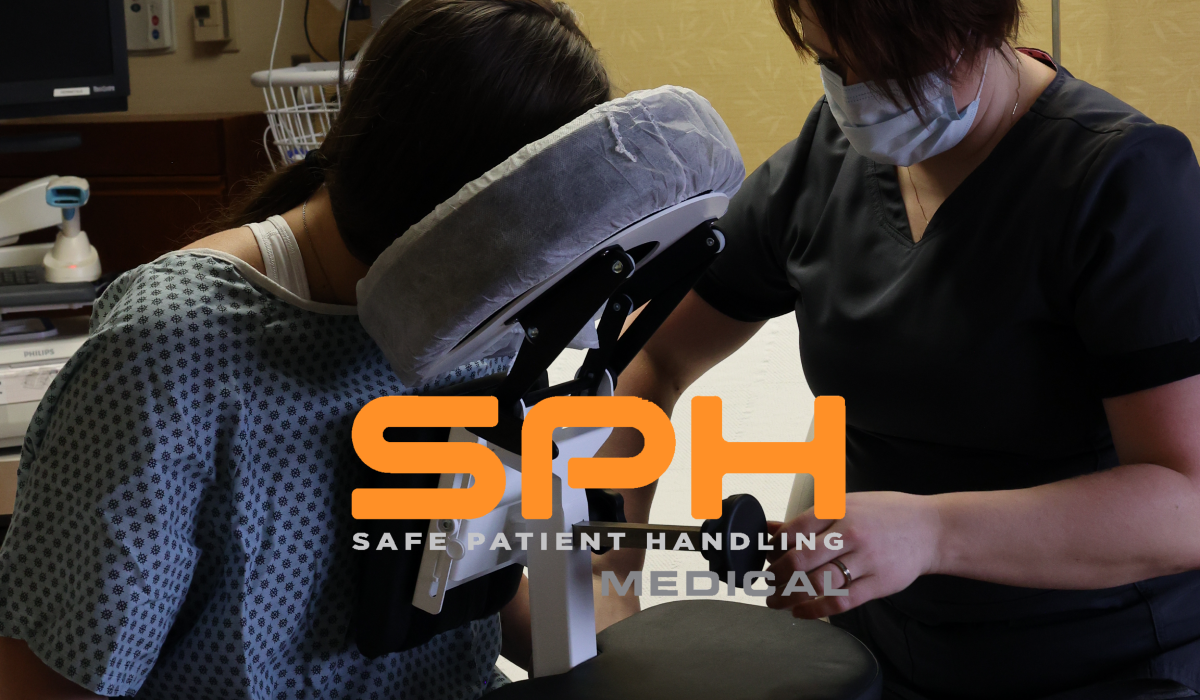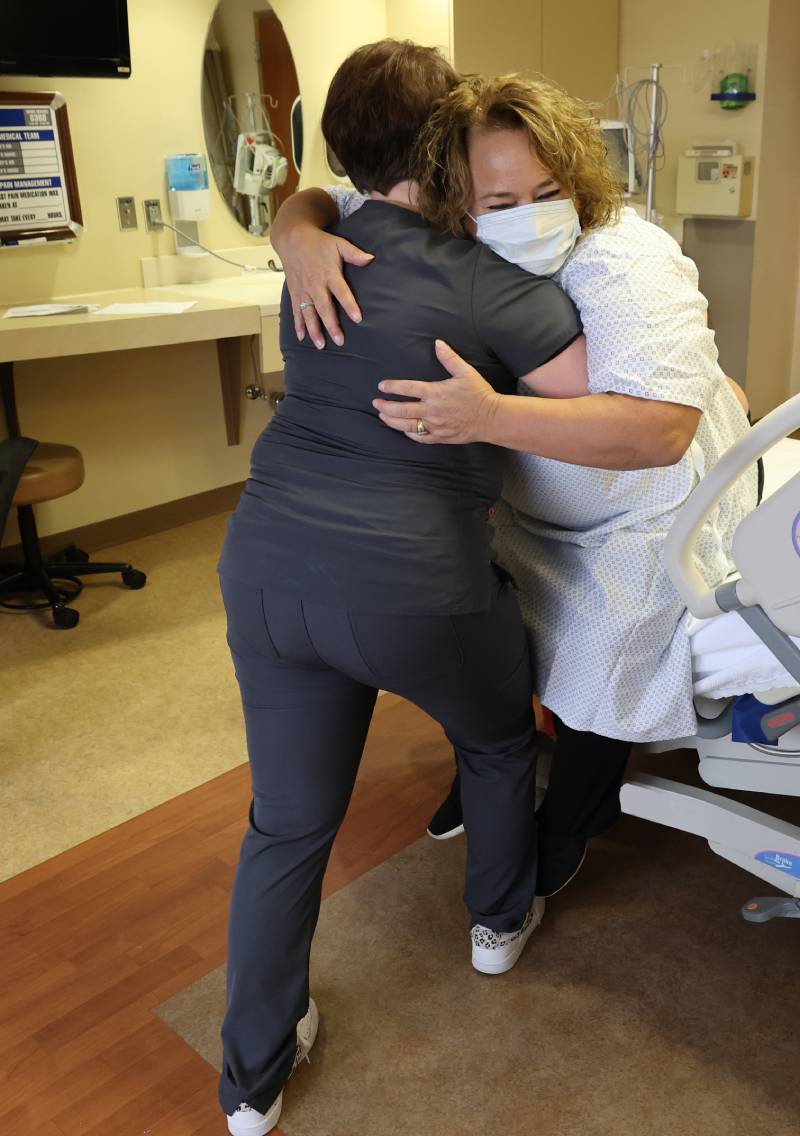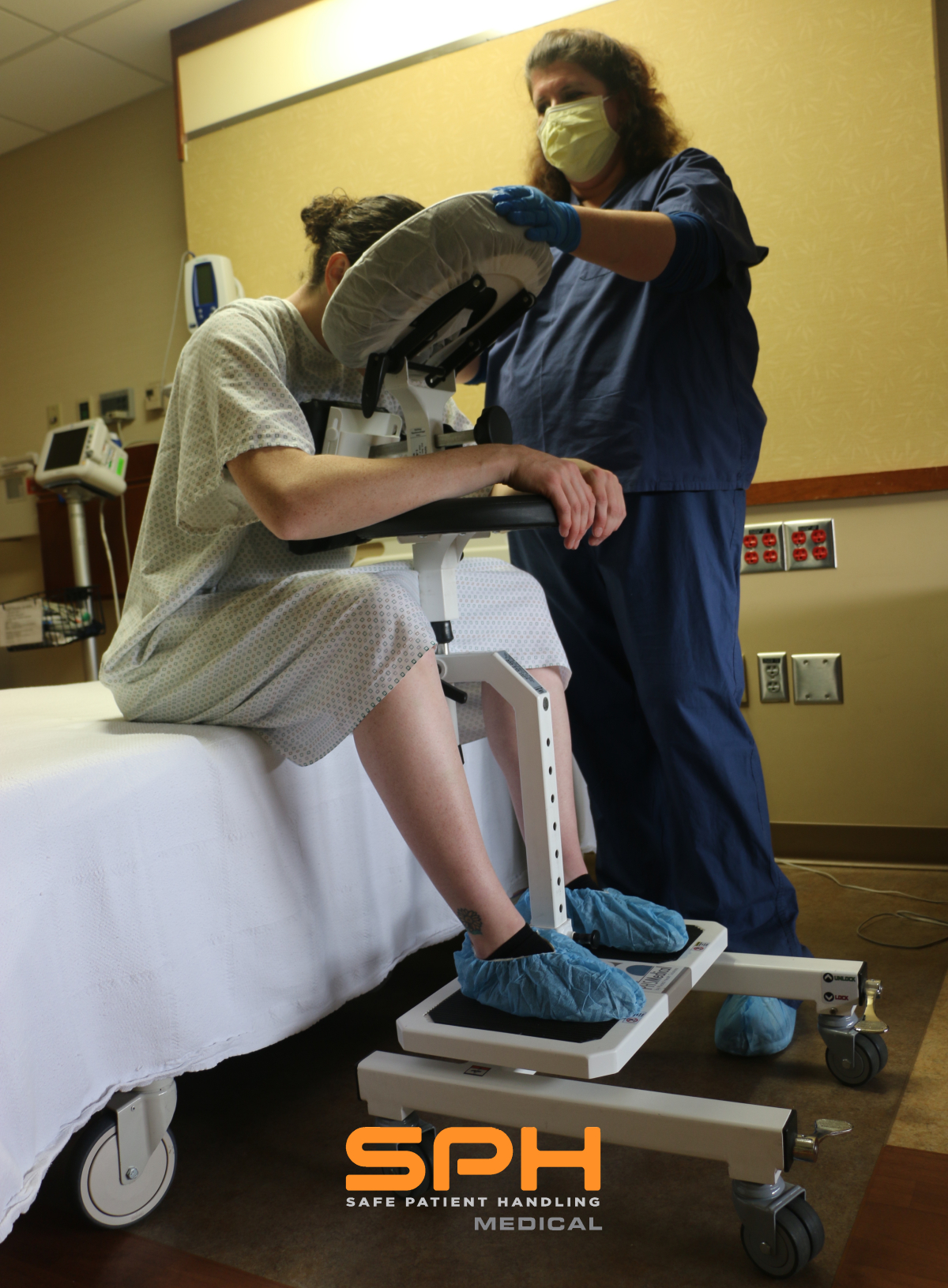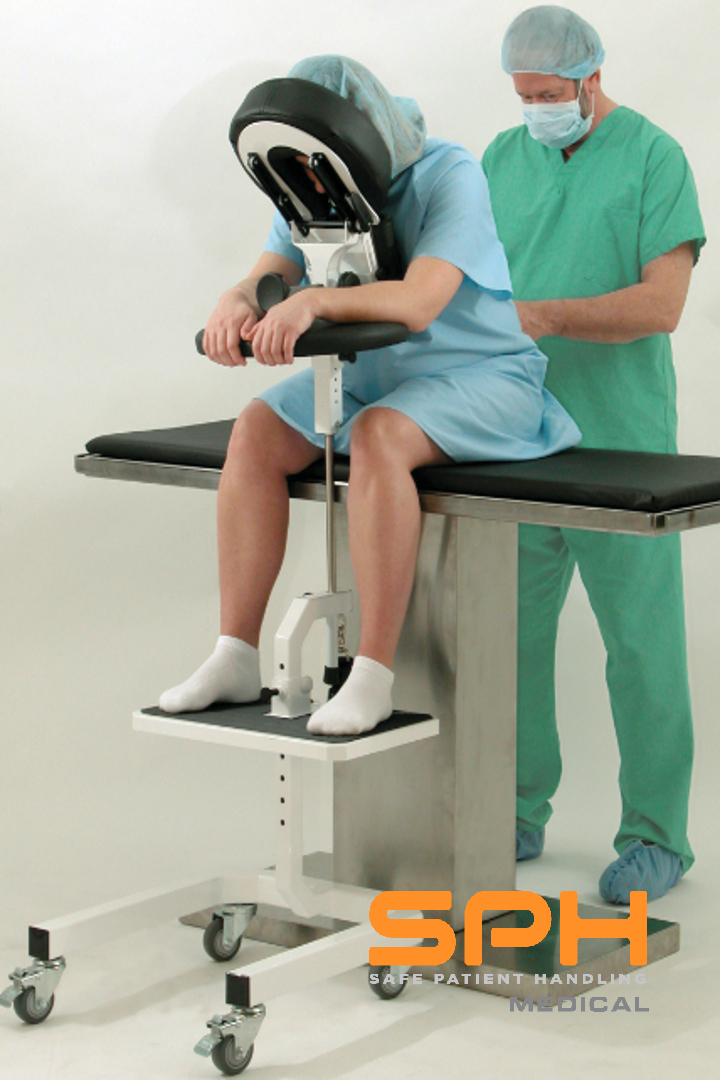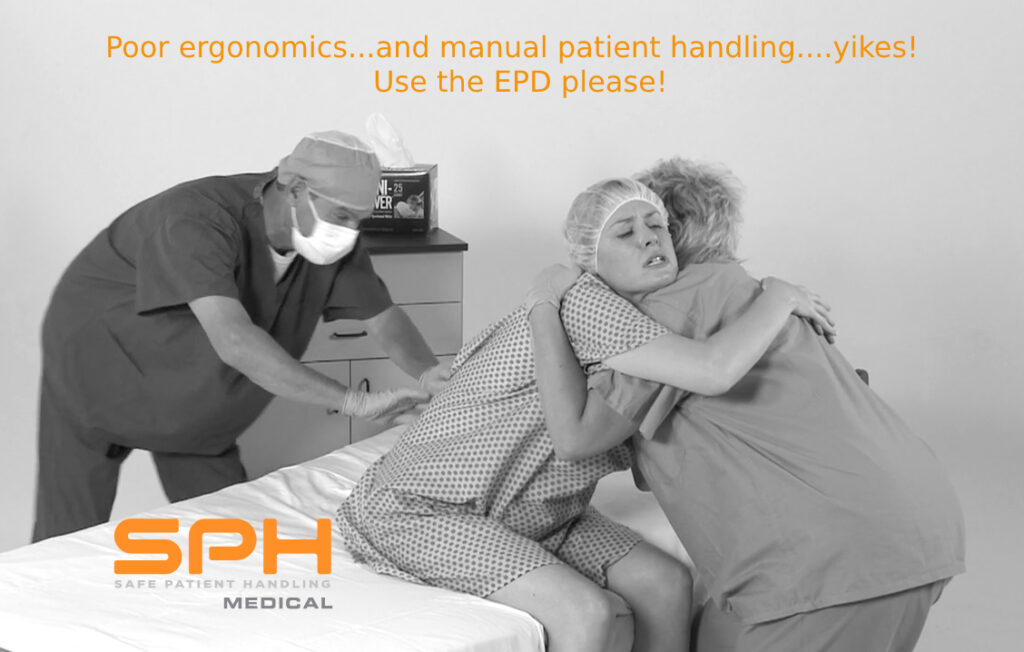In the realm of medical advancements and risk reduction, the safety and comfort of patients during procedures are paramount. The introduction of the SPH Medical Epidural Positioning Device (EPD), also popularly known as the Epidural Chair, marks a significant leap forward in the field of Epidural Placement Safety, specifically in epidural placements.
The Imperative for Innovation in Epidural Placements
Statistics reveal that a considerable number of complications arising from epidurals can be attributed to improper positioning. This not only endangers patient safety but also prolongs the duration of the procedure, affecting overall efficiency. The need for a solution that can standardize the process, enhance safety, and elevate patient satisfaction has never been more acute.
Introducing the SPH Medical Epidural Positioning Device
The SPH Medical EPD is the epitome of innovation, designed meticulously to support optimal positioning for epidural needle placement. Its intuitive design not only assures precise alignments but also significantly reduces the strain on healthcare providers, ensuring a smoother, safer procedural experience for both parties involved.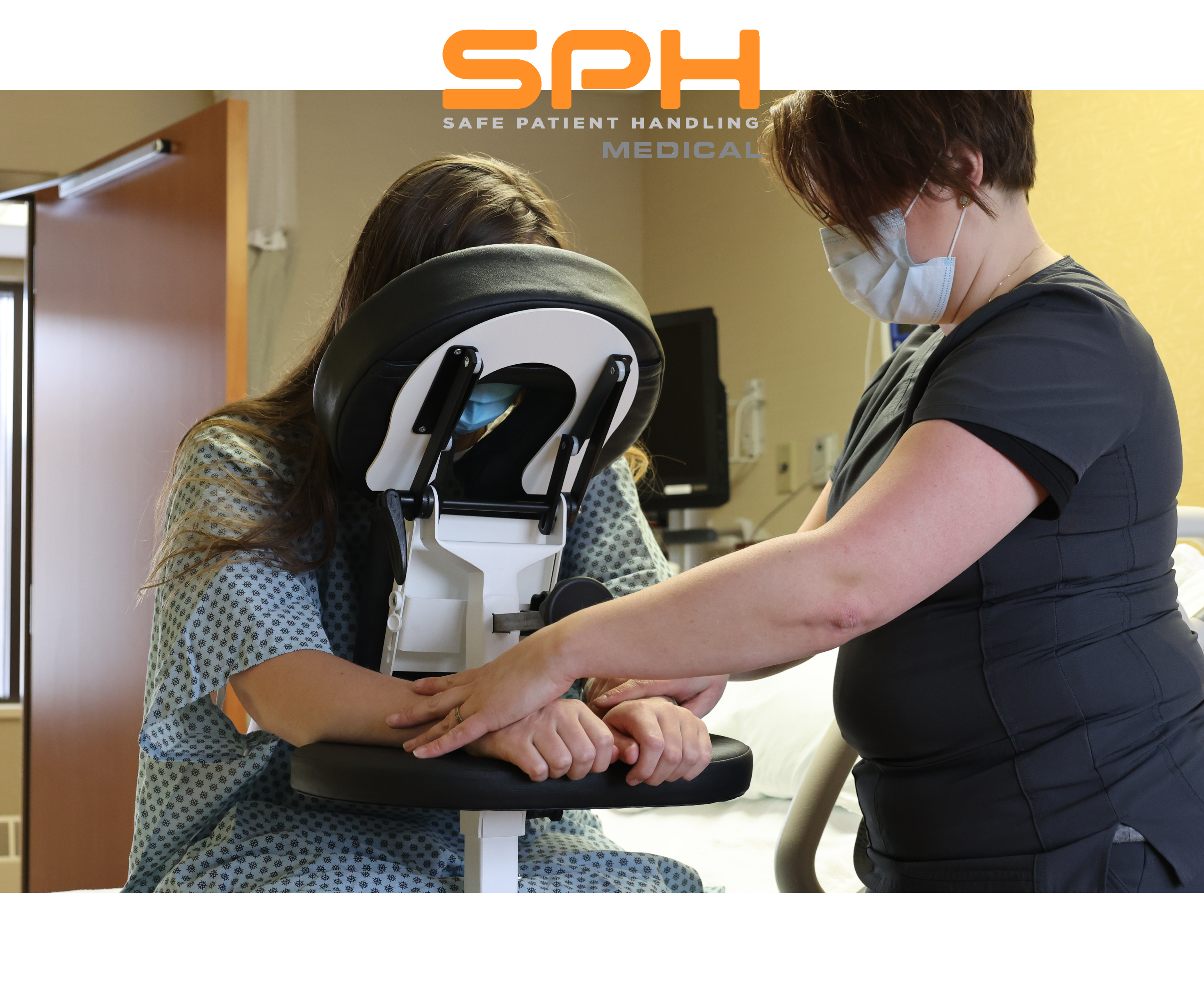
Key Benefits of the Epidural Positioning Device, Improved Safety and Standardization
The EPD by SPH Medical is a paragon of safety and procedural consistency. It drastically minimizes the risks associated with manual positioning, thereby enhancing the safety profile of epidural placements. Standardization across the board ensures every patient receives the same high level of care, irrespective of the anesthesiologist’s expertise.
Elevated Patient Satisfaction with Epidural Placement Safety
Comfort and peace of mind during medical procedures are crucial. The EPD addresses these concerns head-on, offering patients a less intimidating, more comfortable experience. Testimonials and studies underscore the device’s effectiveness in improving patient outcomes and satisfaction, solidifying its reputation in healthcare circles.
The versatility of SPH Medical’s Epidural Positioning Device (EPD) extends beyond its initial scope, finding profound utility in thoracentesis procedures often performed in imaging departments. This innovative device ensures that patients undergoing thoracentesis—a procedure requiring precision and stability—are positioned optimally and comfortably throughout the process. The EPD’s design aligns perfectly with the procedural needs, allowing for enhanced safety and support. By facilitating an ideal comfortable posture, the EPD significantly reduces the risk of complications, ensuring a smoother procedure. Clinicians have reported a noticeable improvement in procedural efficiency and patient comfort, underscoring the EPD’s adaptability and effectiveness in various medical departments and settings. The application of the EPD in such critical procedures highlights its indispensable role in advancing patient care, emphasizing its capability to support a wide array of medical interventions with unmatched support, stability, and reliability.
In surgery departments, the role of the EPD is equally groundbreaking, especially in facilitating spinal blocks. Its introduction into surgical contexts marks a significant improvement in how patients are positioned during these delicate procedures. Traditionally, achieving and maintaining the correct posture for a spinal block presented challenges, with patient comfort and safety being paramount concerns. However, with the EPD, anesthesia techs and anesthesiologists can now ensure that patients are supported safely and comfortably throughout the procedure. The device’s design not only stabilizes the patient but also optimizes access for the practitioner, enhancing the overall success rate of spinal blocks, while improving efficiency in the busy preoperative areas. This application of the EPD within surgical departments represents a forward leap in patient care, where every detail is engineered for optimal outcomes. The repeated successes underline the EPD’s adaptability, reinforcing its status as a crucial tool in modern healthcare practices.
Reduction in Workers’ Compensation Costs
Investing in the EPD translates into significant savings in workers’ compensation costs. By minimizing injuries and complications, healthcare facilities see a marked reduction in associated claims, showcasing the device’s substantial return on investment. The financial benefits, coupled with enhanced patient care, present a compelling case for the integration of the EPD into healthcare practices.
The EPD’s Impact on Healthcare Excellence and Epidural Placement Safety
Adopting the SPH Medical EPD is not merely about upgrading equipment; it’s about committing to the highest standards of patient care and safety. The long-term benefits include not only improved health outcomes but also heightened facility ratings and the potential for accreditation, marking a facility as a leader in innovative patient care.
The SPH Medical Epidural Positioning Device stands unparalleled in its ability to transform epidural placements into a safer, more efficient, and patient-friendly procedure. Its benefits extend beyond the immediate procedural improvements, offering long-term financial and improved reputation for healthcare facilities. In the pursuit of excellence in patient care, the EPD represents a significant stride forward, embodying the commitment to safety, comfort, and efficiency.
For healthcare providers looking to elevate their standard of care, the SPH Medical EPD is not just an option; it’s a necessity. To explore how the EPD can revolutionize your practice, contact SPH Medical for more information or to schedule a demonstration. Elevate your standard of care, ensure patient satisfaction, and achieve operational efficiency—all with one innovative solution.

